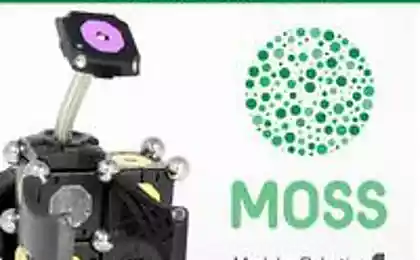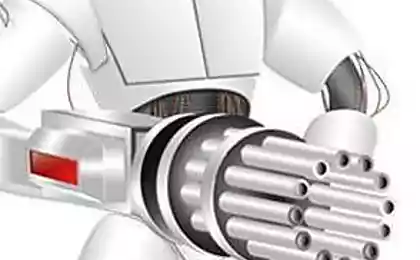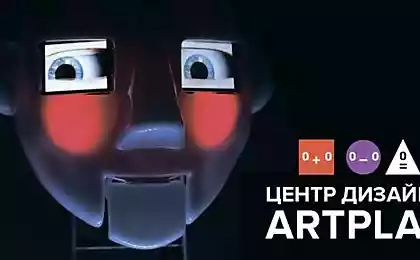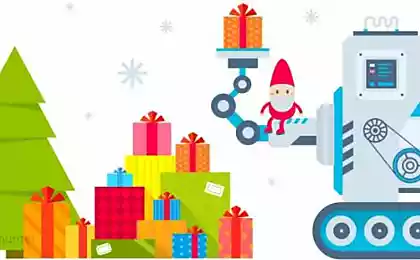1069
Chelovopodobny robot MABEL
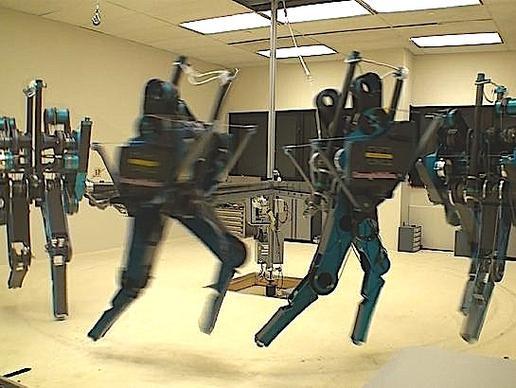
MABEL is capable of speeds up to 6, 8 miles per hour. The robot is considered to be one of the fastest two-legged robot in the world. He has a heavy trunk, while it is light, and his feet are flexible, thanks to the springs. As a result, MABEL has remarkably similar to the human gait. «MABEL has large springs, by which he saves a lot of energy," said Jesse Grizzly, a professor of engineering at the University of Michigan. "The springs act as tendons in humans, they impact energy absorbing leg and releases energy when the robot starts to walk." MABEL was constructed in 2008 in collaboration with Jonathan Hurst, who was then a graduate student at the Institute of Robotics at Carnegie Mellon University. At the same time, Grizzly and various doctoral students of the University have developed management systems and conducted in the laboratory of the University of the last 4 years, creating algorithms for MABEL. «MABEL is a scientific test device, which shows an impressive ability in the movement, walking and running," said Grizzly. & Quot; Thus, the rate became definitely one of our goals & quot ;. As man-runner, MABEL remains in the air for 40 percent of the time with each step, it gives it a natural look gait. But not only the speed and it is obviously important in the robot. "We're really busy creating robot rescuers, those who will be able to save and to help you at the right moment, or in a dangerous situation," said Grizzly. "As much as we had hoped to help rescuers, the same fire at the right moment, it should be borne in mind that there are places where they are not able to get that would help us. At such a moment to the aid of man can come robot. »MABEL also works along with other robots funded by DARPA, the same creators of the project working with the National Science Foundation. "The new robot walker will be free to be able to go indoors and outdoors," says Grizzly. «ATRIAS, will have no such support. The robot can move in the hips, he moved his knees, and as it moves back and forth. "In the future ATRIAS be capable of speeds of about 11, 2 miles per hour. Testing is currently still held, so that in the near future will surprise you a new robot and new opportunities ATRIAS, which will impress you with its speed.
